Sarvangasana
Table of Contents
What is a Sarvangasana?
Sarvangasana, often referred to as Shoulder Stand, is a foundational yoga asana known for its numerous physical and mental benefits. “Sarvangasana” is derived from Sanskrit, where “sarvanga” means “all limbs” or “whole body,” and “asana” means “pose” or “posture.”
Many named variations exist, including with legs in lotus position and Supta Konasana with legs wide apart, and toes on the ground.
Sarvaṅgāsana has been nicknamed “queen” or “mother” of all the asanas.
Description
The shoulder stand is entered from a supine position with the knees bent. The shoulders may be supported on folded blankets, and the upper arms may be held in with a belt just above the elbows. Beginners may lift with bent legs, and advanced users with straight legs. The back is supported by the hands: once up, the hands reach lower down the trunk towards the head, and the trunk is lifted further; the legs may then be straightened to a vertical position.
Variations
The posture may be entered from Halasana (plough), moving to a cycle of poses such as Karnapidasana (ear pressing pose) with the knees bent close to the head and grasped by the arms; or to Parsva Halasana (sideways plough) with the body vertical, the trunk twisted to one side, and legs out straight with the feet touching the ground (to that side); to Supta Konasana, with the legs spread as wide as possible, the fingertips grasping the big toes; or Parsva Sarvangasana, an advanced pose, with both legs leaning to one side; and Urdhva Padmasana in Sarvangasana, with the legs in a lotus position.
Salamba Sarvangasana may be performed on a strong and stable chair, with the legs resting on the chair’s back, the body supported by a folded blanket on the chair’s seat, and the shoulders and neck supported on a bolster on the ground. The hands may grasp the back legs of the chair to open the chest.
The pose is entered by sitting astride the chair facing the back, lifting the legs onto the back, holding the chair and leaning back, then sliding down until the head reaches the ground. The pose is exited by bending the legs and sliding down carefully.
Steps
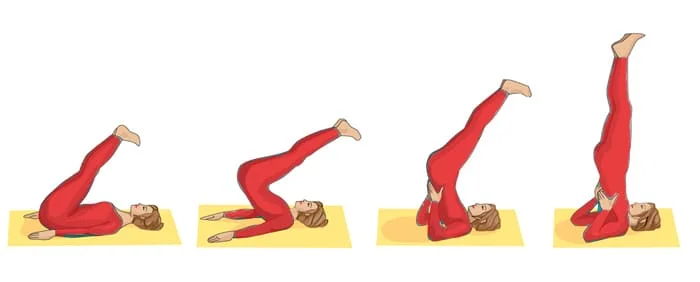
Lie down on your back straight.
Breathe in and breathe out, lift your both legs in the upward direction.
Stop at that point when both legs make a 90-degree angle with the floor.
Make the Uttanpadasana Posture.
While exhaling lift your waist; push your legs back over the head.
Use both hands to support the waist.
Get your legs, back, and waist in one straight line.
Stretch your toes towards the sky, and keep your eye on your toes.
Hold the position for some time, and keep normal breathing.
Slowly get back to the initial position.
Repeat this three to four times.
YouTube Video of Sarvangasana
Benefits of Sarvangasana
Thyroid gland:
The shoulder stands yoga pose is good for the healthy functioning of the pituitary, pineal, kidney, liver, spleen, and testes. Thus, it regulates the functions of all the glands of the body.
Invigorates circulatory system:
The asana is good in the case of the circulatory system, respiratory system, and digestive system.
Headache:
It enhances the supply of blood to the head region and is good for managing headaches and migraine.
It has a cooling effect on the nerves, thus beneficial for high blood pressure patients.
Insomnia:
It is good for insomnia patients as it facilitates blood supply to this region.
Constipation:
It seems to be a panacea for constipation patients. A person suffering from constipation should practice it regularly.
Intestinal ulcers:
It stimulates the intestinal and stomach glands thus good for ulcers in this region.
Hair fall:
It enhances the supply of blood in the head region and prevents hair fall.
Sexual disorders:
The yoga pose is beneficial in case of sexual problems such as frequent abortions, leucorrhoea, syphilis, etc.
It helps in the burning of fat.
Eyesight:
It is good for eye vision.
Skincare:
It helps to prevent wrinkles, and pimples and delay aging.
Stretches:
Neck, Shoulder.
Pose type:
Inversion.
Sarvangasana precautions:
You should understand yoga pose has contraindications and side effects. Some of the cautions of Sarvangasana are mentioned below.
The asana shouldn’t be performed by those who have high blood pressure.
Avoid this asana during menstruation.
Having experienced spinal problems, skip this asana.
Don’t practice in case of glaucoma, acute thyroid problems, chronic neck conditions, shoulder injuries, and retina problems.
It should be avoided by those who have heart problems, middle ear problems, capillaries, weak age, spondylosis, and Slip disc.
Contraindication:
Consult your physician before doing the Sarvangasana if you have any of the following health conditions: pregnancy, menstruation, high blood pressure, heart problems, glaucoma, slipped disc, spondylosis, neck pain, and acute thyroid problems.

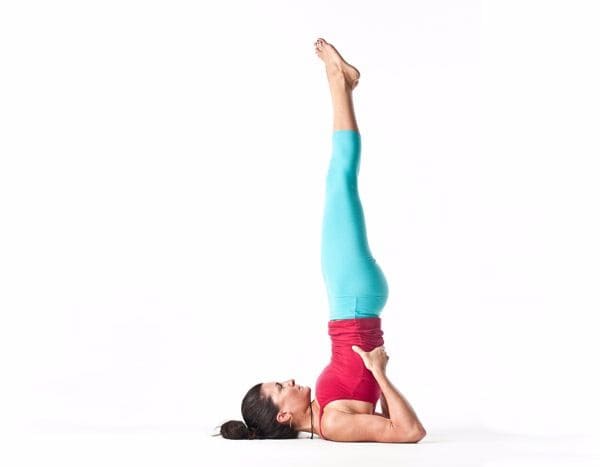
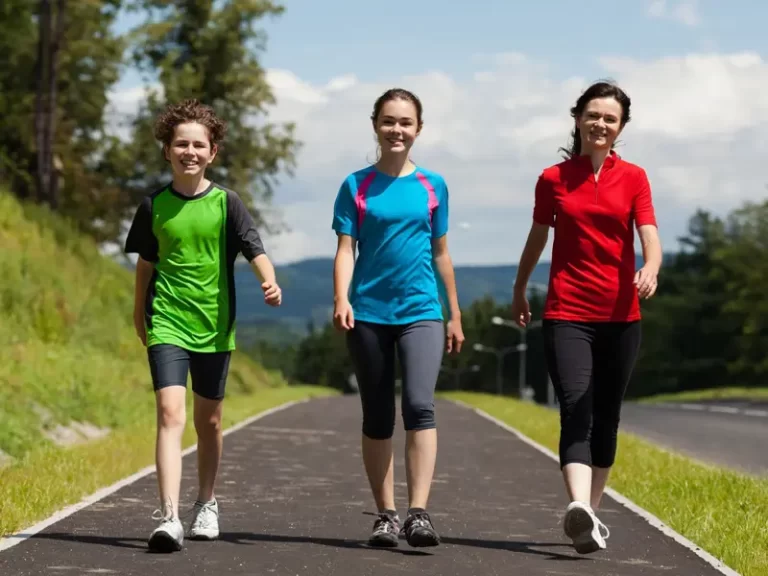
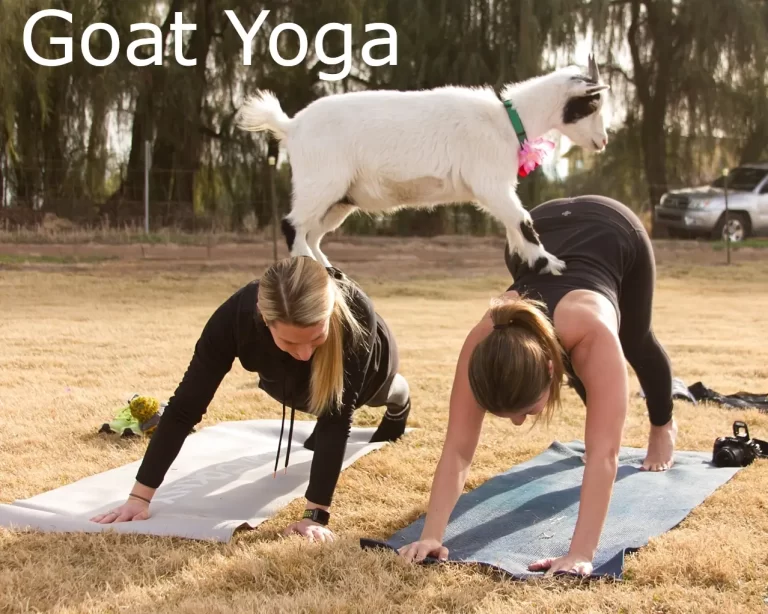
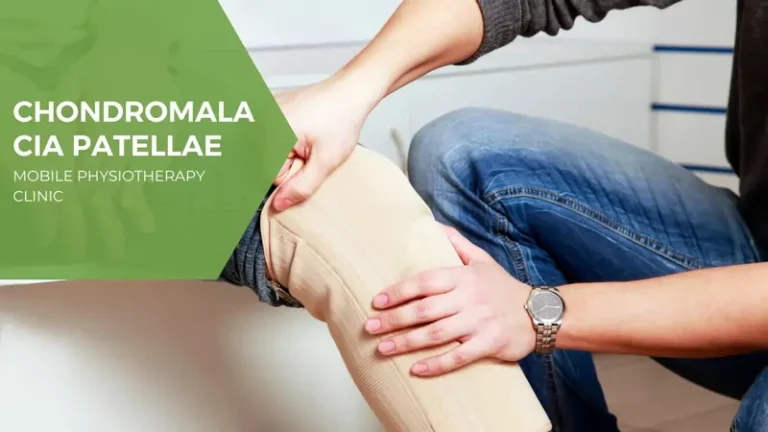

One Comment